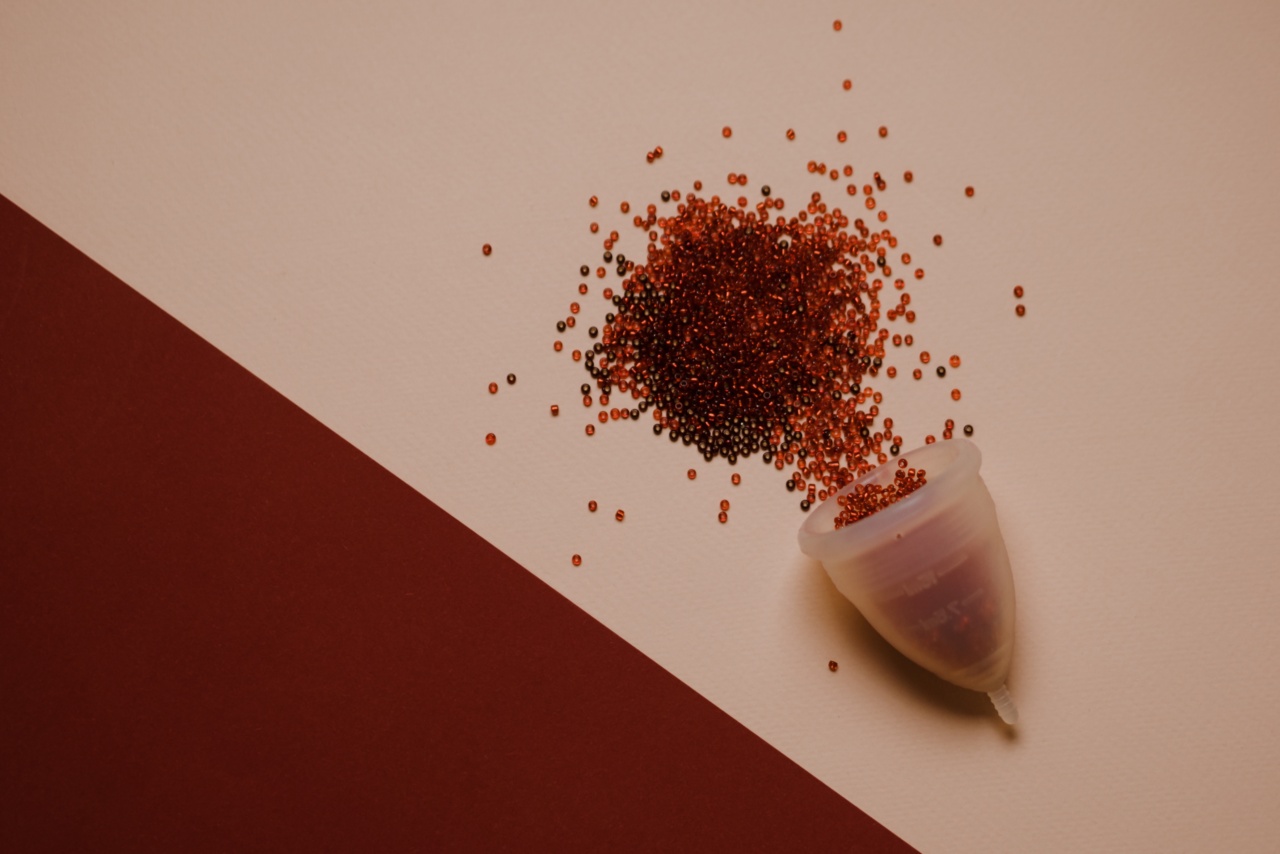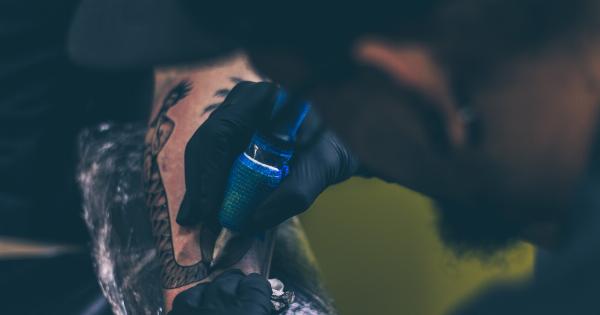Vaginal hygiene products have become increasingly popular in recent years. However, many of these products contain toxic substances that may have adverse effects on a woman’s health.
In this article, we will explore the different types of toxic substances found in vaginal hygiene products and their potential health risks.
Fragrances
Many vaginal hygiene products contain fragrances, which are synthetic chemicals that give the products a pleasant smell. However, these fragrances can be harmful to a woman’s health.
Fragrances can cause irritation, itching, and burning in the vaginal area. They can also disrupt the delicate balance of bacteria in the vagina, leading to an increased risk of infections.
Parabens
Parabens are a group of preservatives commonly found in cosmetics and personal care products. They are used to prevent the growth of bacteria and mold in the products. However, parabens have been linked to breast cancer and other health problems.
Parabens can mimic the hormone estrogen, which can lead to hormonal imbalances in the body. This can increase the risk of breast cancer and other estrogen-related health problems.
Phthalates
Phthalates are a group of chemicals used to make plastics more flexible and durable. They are also used in fragrances as a solvent. However, phthalates have been linked to reproductive problems in both men and women.
They can disrupt the hormonal balance in the body and interfere with the development of the reproductive system. Phthalates have also been linked to asthma, allergies, and other health problems.
Sodium Lauryl Sulfate (SLS)
Sodium Lauryl Sulfate (SLS) is a surfactant commonly used in personal care products to create a lather. However, SLS has been linked to skin irritation, dryness, and eczema.
It can also disrupt the natural pH balance of the vagina, leading to an increased risk of infections.
Propylene Glycol
Propylene Glycol is a synthetic chemical commonly used as a humectant in personal care products. It is used to help products retain moisture and prevent them from drying out. However, Propylene Glycol can cause skin irritation, dryness, and eczema.
It can also cause allergic reactions and disrupt the natural pH balance of the vagina.
Triclosan
Triclosan is an antibacterial agent commonly used in personal care products. It is used to kill bacteria and prevent the growth of odor-causing bacteria.
However, Triclosan has been linked to hormonal imbalances and the development of antibiotic-resistant bacteria. It can also cause skin irritation and dryness.
Boric Acid
Boric Acid is a compound commonly used in vaginal suppositories to treat yeast infections. While boric acid can be effective in treating yeast infections, it should only be used under the supervision of a healthcare professional.
Overuse of boric acid can lead to serious health problems, including kidney damage, liver damage, and nervous system problems.
Chlorine
Chlorine is a chemical commonly used in disinfectants and cleaning products. It is also used in some vaginal hygiene products to kill bacteria and prevent infections. However, Chlorine can cause skin irritation and dryness.
It can also disrupt the natural pH balance of the vagina and increase the risk of infections.
Alcohol
Alcohol is commonly used as a solvent in personal care products. It is also used in some vaginal hygiene products as a disinfectant. However, Alcohol can cause dryness, irritation, and itching in the vaginal area.
It can also disrupt the natural pH balance of the vagina and increase the risk of infections.
Silicones
Silicones are synthetic compounds commonly used in personal care products to add shine and slip. They are also used in some vaginal hygiene products as a lubricant. However, Silicones can cause skin irritation and clog pores.
They can also disrupt the natural pH balance of the vagina and increase the risk of infections.
Conclusion
In conclusion, many vaginal hygiene products contain toxic substances that can have adverse effects on a woman’s health. These substances can cause irritation, dryness, and disrupt the natural pH balance of the vagina.
They can also increase the risk of infections and other health problems. It is important for women to be aware of the ingredients in the products they use and to choose products that are free of toxic substances.































